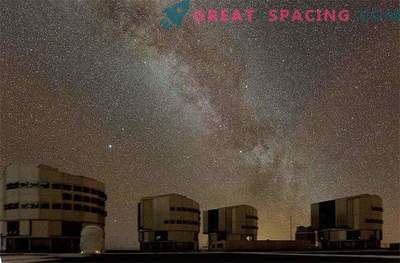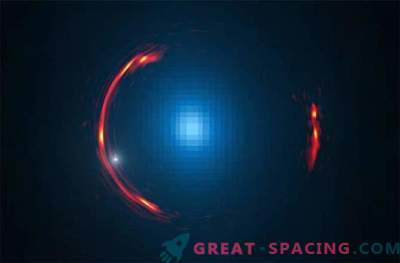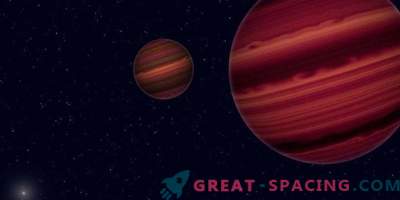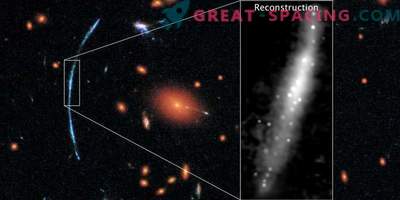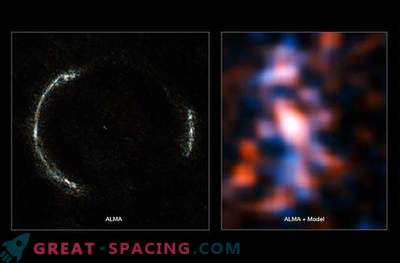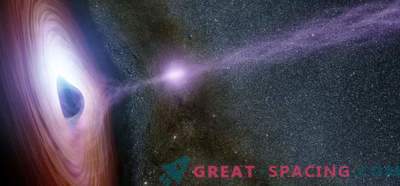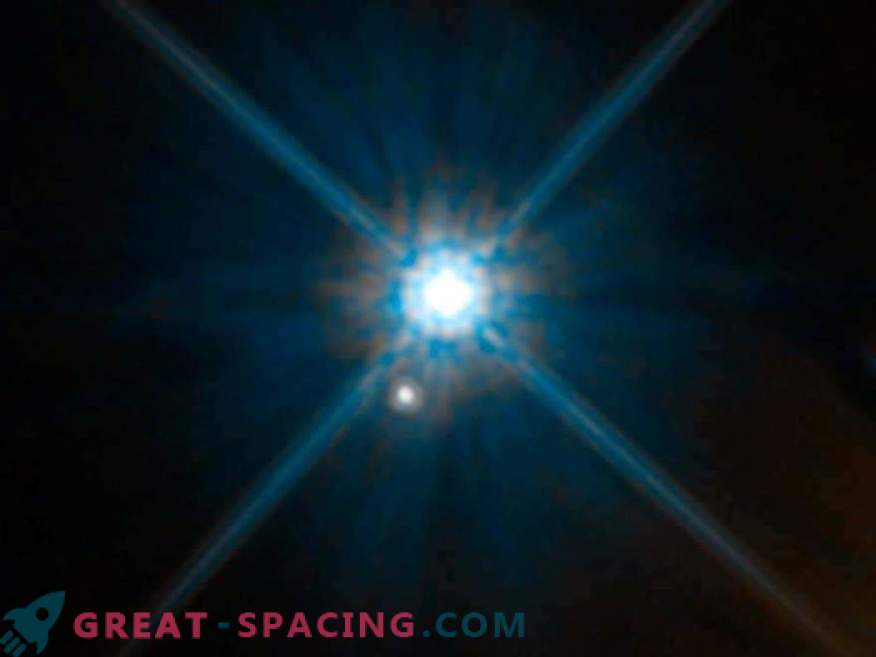
The general theory of relativity has become an important point in understanding the universal laws. It says that all objects physically change the spatial tissue: the more massive the body, the more remarkable the impact. This leads to the fact that the path of movement of light bends. The effect was first captured in 1919 during a solar eclipse. Merit belongs to Arthur Eddington.
But I had to spend a hundred years in anticipation in order to create a powerful enough telescope capable of calculating gravitational microlensing. And it happened with a star located outside our system. The problem is that even near large objects this effect is so small that it is almost invisible. But the Hubble telescope coped with the task. The bright central star is a white dwarf Stein 2051B, distant by 17 light years. Nearby is a smaller star, distant by 5000 light years. For two years of observations, scientists have fixed a dwarf 8 times, marking its path in front of a background star. With close alignment, the gravitational force of the dwarf bends the light of a distant object, creating the appearance of remoteness for 2 angular milliseconds. So that you understand how tiny this distance is, try to make out a coin located at 2300 km.
